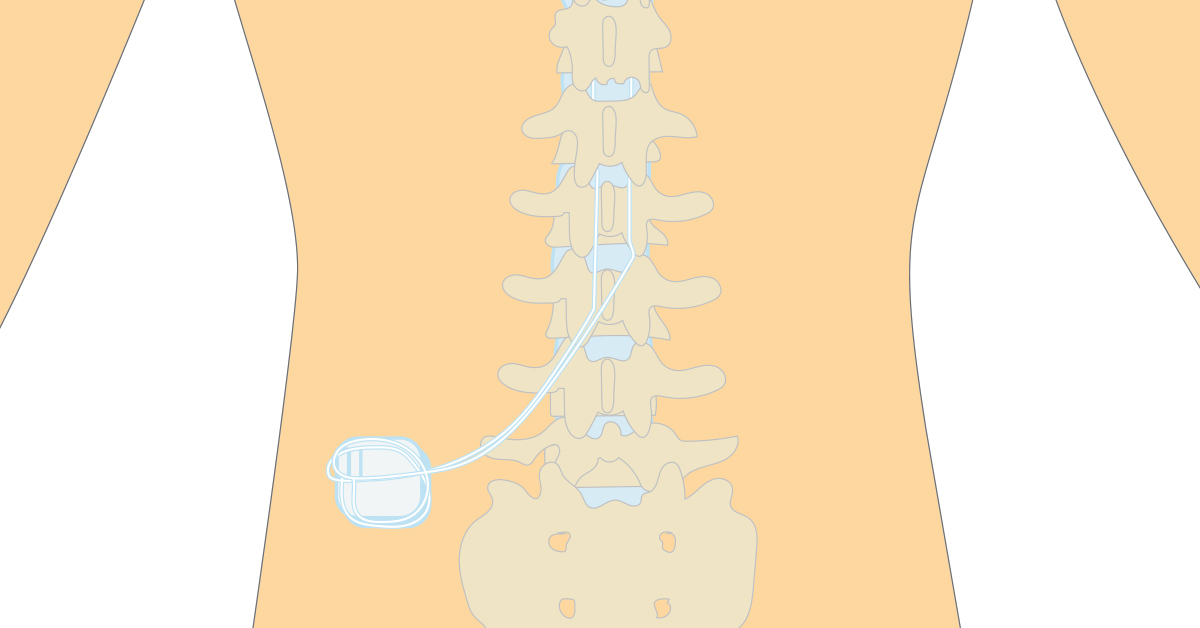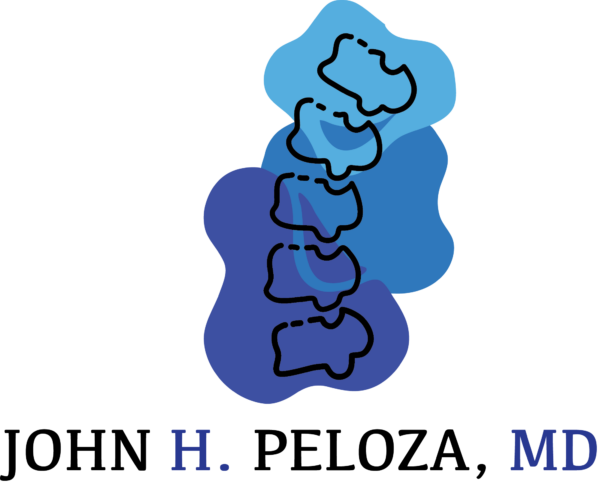
What is a Spinal-Cord Stimulator Implant?
A spinal-cord stimulator implant (also called a SCS) is a form of treatment of back pain. It utilizes a gentle electric current that blocks the conduction of nerve impulses along the spinal-cord, thus reducing pain. It is offered to patients who suffer from neuropathic pain who have tried different conservative treatment options but have had no relief of symptoms.
Implantation of the Spinal-Cord Stimulator
There are two stages in the implantation of the spinal-cord stimulator.
Stage 1
The first stage is known as the trial implantation stage. This is where the device is inserted as a trial to see if the patient would benefit from the procedure. The area where the device is to be inserted in the spinal-cord is injected with a small amount of local anaesthetic. A small incision is made in the skin and a path is created that leads to the space around the spinal-cord called the epidural space. Through this path are inserted insulated wires (called leads) that are directed into the epidural space. These leads are then connected to a small electrical generator that is no bigger than the size of a mobile phone. This electrical generator is a handheld device that runs on batteries.
Once the device has been connected, electrical impulses are generated that transmit through the leads and supply the spinal-cord. They block the conduction of pain impulses through the nerve fibers that emerge from the spinal-cord. If patients experience a reduction in pain that exceeds 50%, then a permanent generator is inserted.
Stage 2
The second stage is the permanent SCS implant insertion stage. This part of the procedure is performed if patients have experienced the above described benefit within a week that they had the trial implant inserted. The permanent implant is inserted under general anaesthesia. The previously inserted leads are removed and fresh leads are inserted into the epidural space. The ends of these leads are attached to a permanent generator (called implantable pulse generator or IPG) that is implanted in a small pocket created under the skin in the abdomen or buttocks.
Once the procedure has concluded, the device is tested to make sure the patient still experiences the same benefits. The entire procedure can take up to 2 hours to perform. The battery within the IPG can last up to 5 years, following which a replacement battery may need to be inserted through another surgery.
Patients will be given an external control unit that can control the device. This enables a patient to turn the system on and off as they please.
Advantages
A spinal-cord stimulator implant has been shown to be particularly beneficial in patients who suffer from long-term back pain, failed surgery and complex regional pain syndrome. Patients may find a significant reduction in their symptoms and may not need to take as many pain medications as they used to. However, it must be borne in mind that spinal-cord stimulator implants are only a treatment and not a cure.
Risks
Risks are rare and can include mild bleeding and bruising at the site of surgery, an allergic reaction to the anaesthetic agent and infection. Specific risks include leakage of cerebrospinal fluid and damage to the nerve fibers that emerge from the spinal-cord from the leads inserted (this could cause paralysis and weakness). Infection of the electrodes and displacement of the battery are other complications.
The implantation of an SCS can interfere with other devices such as an implantable cardioverter defibrillator or pacemaker. Patients who have a spinal-cord stimulator inserted cannot undergo an MRI scan.



